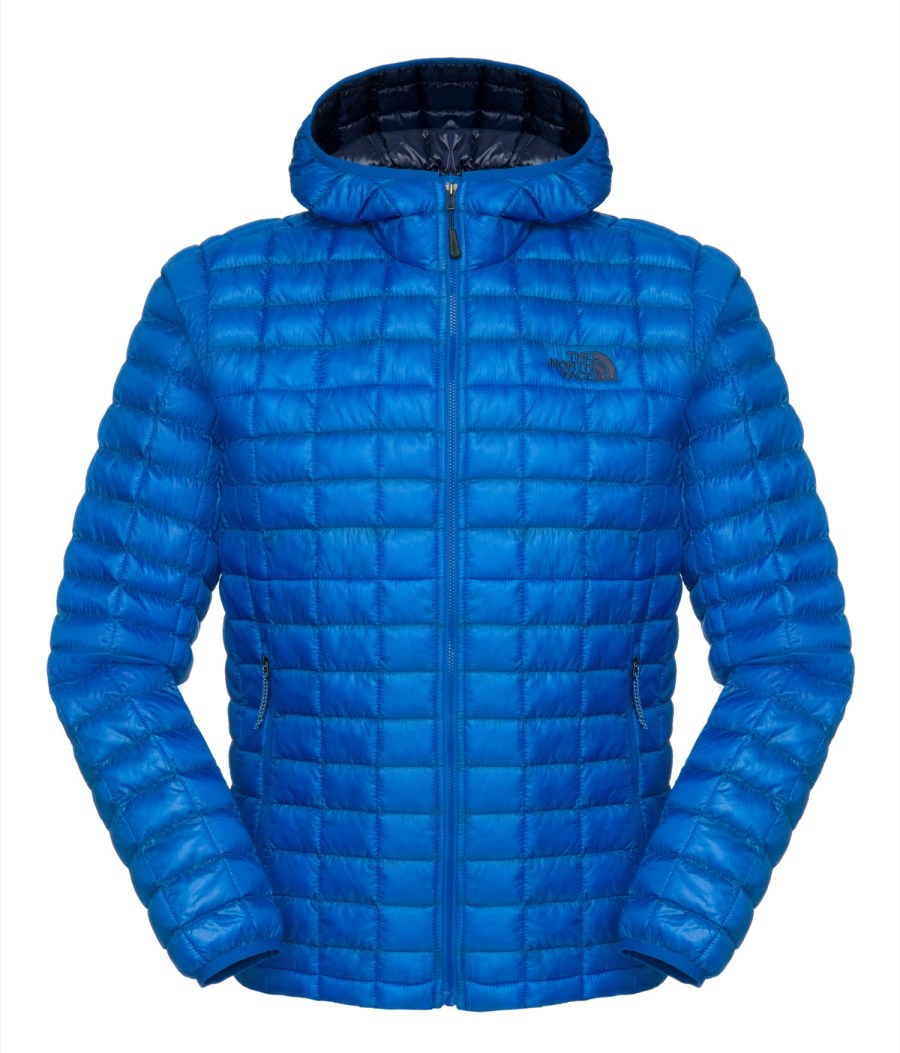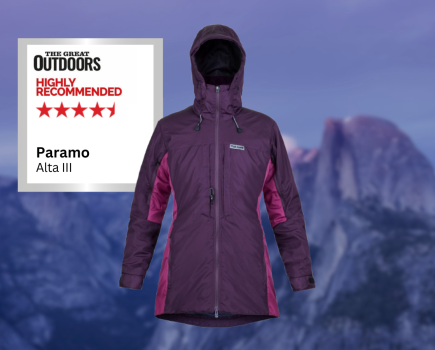So far, down is (as always) proving to have a much better weight-to-warmth ratio, yet there are clear problems with down too, namely that it loses much of its insulating properties once wet. Manufacturers have long been working on improving the warmth and packability of synthetic materials as it has the clear advantage that it doesn’t lose heat so much when wet. Polartec Alpha and PrimaLoft both make excellent synthetic insulation and now in conjunction with PrimaLoft, The North Face claims to be closer than ever with its Thermoball filling.
Unlike other single sheet synthetic materials, Thermoball is designed to mimic down by clustering PrimaLoft in to little balls. The North Face quote an independent test at Kansas State University which has shown Thermoball as the equivalent warmth as 600-fill goose down (600 is about the fill used in a mid range jacket or sleeping bag). The key is that it doesn’t compress as much when wet. It’s an interesting development.
There are two versions of the jackets: a jacket (£150) and a hoody (£170) for both men and women. As you can see from the photos, the baffles need to be tiny to keep the insulation in place. The baffles are stitched through, which means that wind will get through, but this kind of jacket works best under a shell. It is very light at only 272g for a women’s medium and it packs into the pocket easily. The face fabric is a very thin (20 denier) recycled nylon. There are two handwarmer pockets and two interior pockets, elastic cuffs and chunky zip with an interior flap.
This is an exciting development, and so far it seems as warm as The North Face suggest – we’ll keep this review updated as we move into the winter months.








